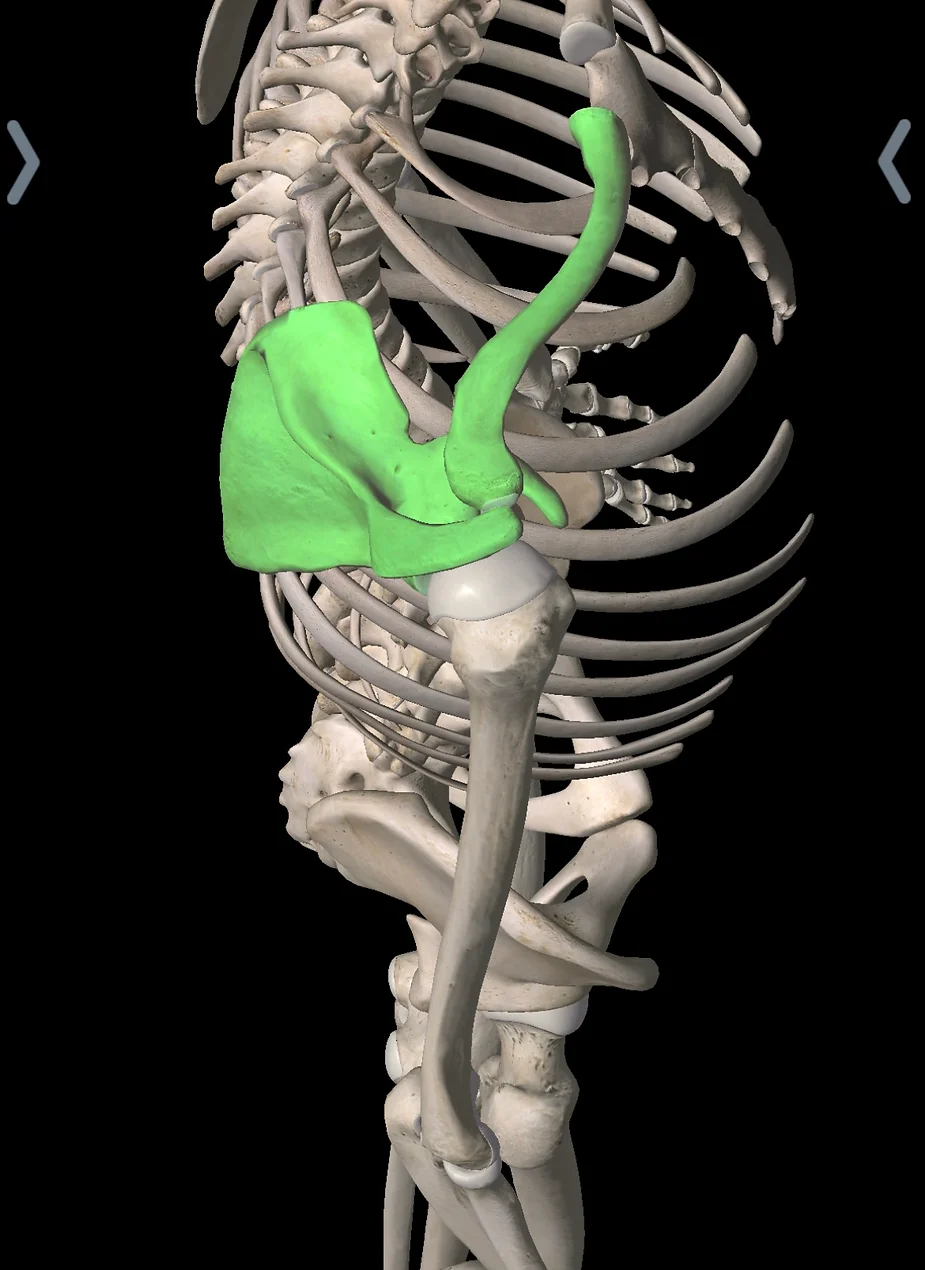Creaky Shoulders? Try these easy at home exercises!
- Ziad Ar
- Oct 9, 2024
- 2 min read
Do you have problems with pinching and pain in your shoulders when you move certain ways? Things like putting your jacket on or pulling a heavy dish out of the oven getting more difficult? Do you feel clicking or cracks when you are moving your shoulder around? Not to worry! The body is a beautiful adaptable organism, it just needs the right stimulus to create change.
First I would like to define some key terms so we can clearly communicate about the shoulders.
The first term we need to define is the “shoulder girdle.” This is an all-encompassing term that describes two different bones of the shoulder as well as four different joints. The two bones of the shoulder girdle are:
1. The scapula (shoulder blade): a flat bone that sits on the back of your rib cage.
2. The clavicle (collarbone): a long bone that sits on the top part of your chest and connects your sternum to your scapula.
The four joints of the shoulder girdle are:
1. Sternoclavicular joint (SC Joint): connects the sternum to the clavicle, front and center of your chest. Easily identifiable due to the bony prominence at the base of the neck.
2. Acromioclavicular joint (AC Joint): connects the lateral side of the clavicle to the front part of the scapula (called the acromion). Easily identifiable due to the bony prominence on the top of your shoulders.
3. Scapulothoracic joint: the location where the scapula and the rib cage meet. Not a true joint because there is no ligamentous connection or synovial fluid between the two structures; rather, the concave surface of the scapula slides around the convex surface of the rib cage.
4. Glenohumeral joint: the connection between the scapula and the upper arm bone (called the humerus). This is a ball-and-socket joint similar to the hip but much less stable.
Here are some pictures of the aforementioned structures:
POSTERIOR View of Scapula and Clavicle
ANTERIOR VIEW of scapula and clavicle
SUPERIOR view of scapula and clavicle
In order to get our shoulder functioning better, we are going to start with some isolated scapular movements that you can do frequently throughout the day with zero equipment necessary!
Try doing each of these for a set of 3-5 reps both in the morning and at night. Remember, if you hear cracks and clicks its ok to keep doing them but if you feel pain, discontinue the exercises.
The 4 exercises are:
1. Scapular Elevation: Movement of the scapula toward the ears.
2. Scapular Depression: Movement of the scapula toward the hips.
3. Scapular Protraction: Movement of the scapula away from the spine.
4. Scapular Retraction: Movement of the scapula toward the spine.
After a few weeks of consistently performing these exercises, your shoulders should start to feel looser, and more freely movable!
Comment below to let us know how your progress is going!
If you're ready to take the next steps, lets setup a No Sweat Intro call to discuss your goals and how the Triad Team can get your shoulders moving better!






Comments